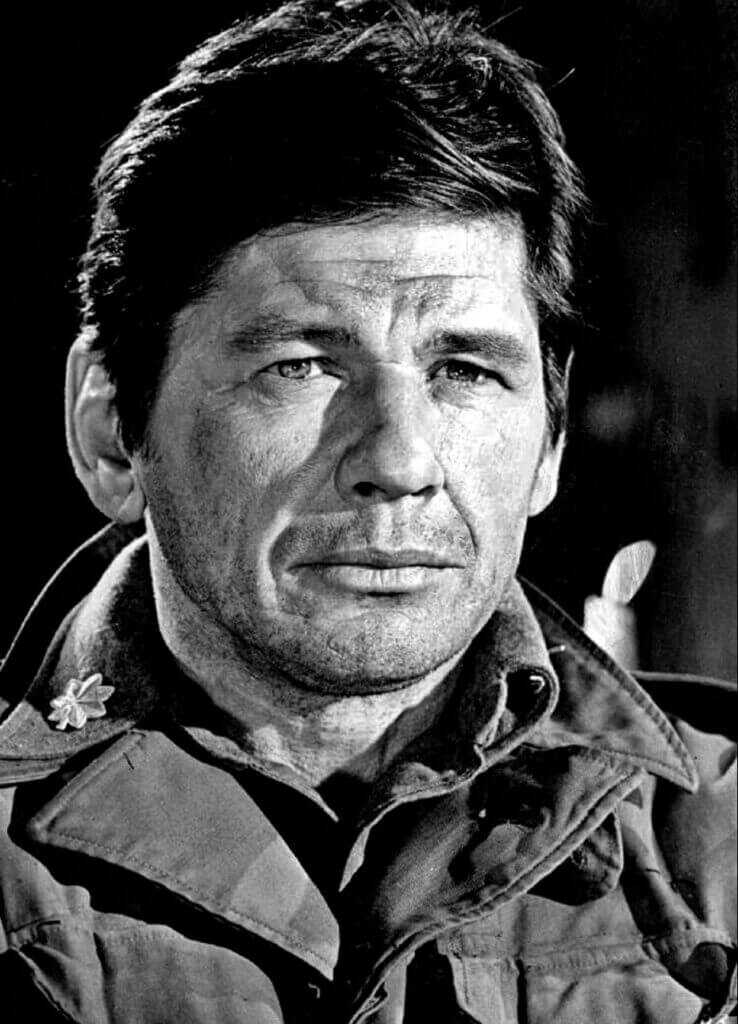
Estimated reading time: 12 minutes
My wife’s grandfather was one of my favorite people. A legit war hero, in the 1930’s Eddie Robinson was a self-described hobo. He rode the rails in the aftermath of the Great Depression looking for work. When he enlisted in the US Army in 1940 it was not for any great patriotic ideal, though he was most definitely a patriot. Eddie Robinson first donned a uniform because it was a reliable source of food.
We modern-day Americans really cannot comprehend what that must have been like. When I was in medical training I worked in the health department in Jackson, Mississippi. My patients were some of the poorest Americans in the country. They were all fat and carried cell phones. We have so much for which to be thankful.
Table of contents
Back in the 1930’s hunger was a real thing. In a land without jobs, those who could find work did fairly well. Those who could not simply withered. Such a ghastly crucible ultimately produced the finest Americans our great nation has ever seen.
The Man: Charles Bronson
Charles Dennis Buchinsky was born in Ehrenfeld, Pennsylvania, in 1921. He was the eleventh of fifteen children born to Walter and Mary Buchinsky. Mary and Walter were first-generation immigrants from Lithuania. Young Charles did not speak English around his home as a child.
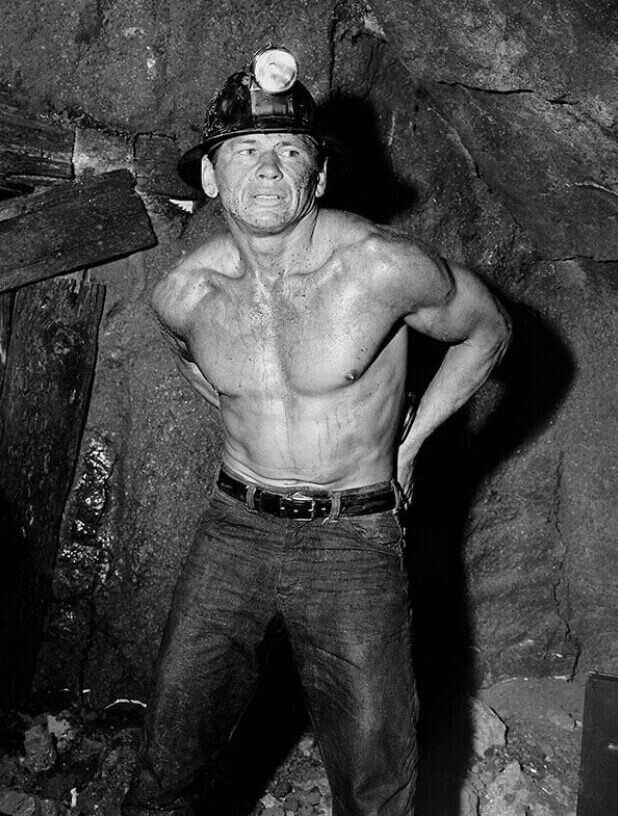
The Buchinsky men were coal miners and cut from hearty stock. Charles later said that he never knew his father terribly well. The man was forever working in the Pennsylvania coal mines trying to scrape out a living for his extensive family. He said whenever his mother announced that his father was home from the mines all of the children would run and hide.
In 1933, Charles’ father died. Though I could not find a cause of death, some toxic combination of black lung and exhaustion are the most likely culprits. At this time, America was teetering on the brink of collapse. With starvation as the alternative, the twelve-year-old Charles Buchinsky duly reported to the mine office and inquired about employment.

Bronson Came From Different Times
There were not quite so many laws and lawyers back then, and anyone old enough to carry a shovel was a potential miner. The wiry little kid and his brother began working in the office but soon headed underground with the rest of the diggers. He was paid $1 for every ton of coal he cut from the mountain.
I have never been in a coal mine myself, but apparently that’s a lot of coal. Buchinsky had to work double shifts to bring in $1 per week. Because of their small size, Buchinsky and his brother specialized in removing the “stumps” between the mines. As an adult he reported that cave-ins were common occurrences.
Even with all the kids who were able out working, there still was not enough money to feed the entire family. Mary lacked the cash for milk for Charles’ baby sister and had to feed her warm tea instead. The kids frequently missed meals, and Charles occasionally wore his sister’s dress to school because they could not spare the money for clothing. Despite all the many manifest hardships, Charles Buchinsky still graduated from high school. He was the first member of his extended family to do so.
The Coal Miner Goes to War
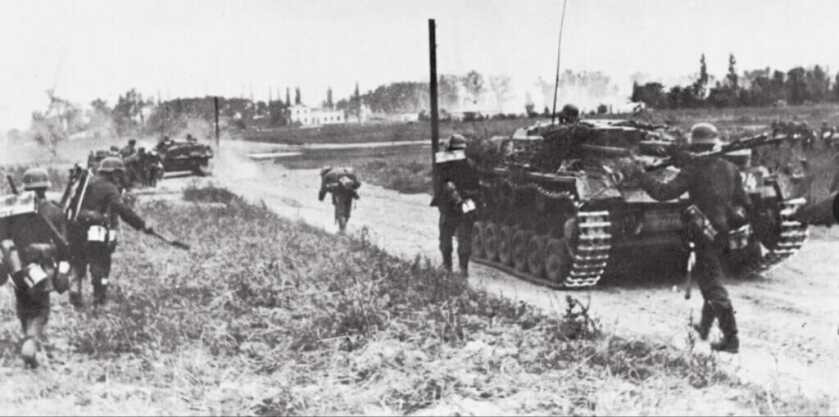
By 1943, the entire world was at war. Nation rose against nation, and the planet was mobilized for combat in a way not seen before or since. With young Americans flocking to serve their country, Charles Buchinsky fell in with the crowd. He later reported that this was the first time in his life he regularly ate three meals a day.
Despite being a native-born American, Charles’ English was not great. When he entered the service, the young man was fluent in Russian, Lithuanian, and Greek. His pronounced accent caused his fellow servicemen to falsely assume he was a foreigner.
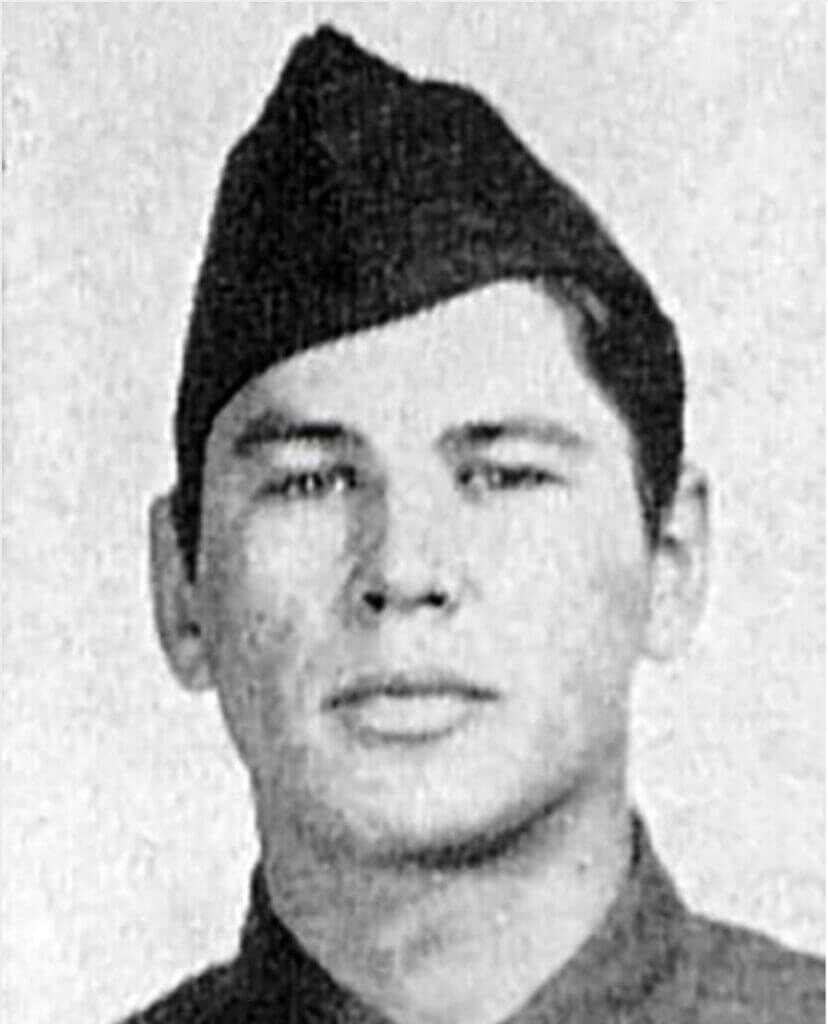
Buchinsky enlisted in the US Army Air Corps and was selected to crew the most advanced weapon system of the war. After a stint with the 760th Flexible Gunnery Training Squadron, he was assigned to the 61st Bombardment Squadron as part of the 39th Bombardment Group deployed to the newly-liberated island of Guam. By early 1945, Charles Buchinsky was a gunner in a massive B-29 Superfortress raining pain down on the Japanese home islands.
The Machine

The Boeing B-29 Superfortress was the B-2 stealth bomber of its day. The developmental project that led to the plane’s deployment was the single most expensive military undertaking of the war, even beating out the Manhattan Project that brought us the atomic bomb. The overall cost was $3 billion back in the 1940’s. Each gleaming new copy to roll off the Boeing assembly lines set Uncle Sam back more than $900,000. That would be about $15 million today. We ultimately produced 3,970 of the advanced airplanes.
Many of the capabilities we take for granted in modern aviation were pioneered in the sleek silver B-29. For starters, the aircraft was pressurized. For a machine with a service ceiling of 31,850 feet, this was a really big deal.
Flyer Strengths
The primary strengths of the Superfort were its speed and ceiling. The airplane flew so high that Japanese interceptors had great difficulty even reaching them. However, five miles above the earth is a terribly unforgiving place to fight.

In the unpressurized B-17 and B-24 bombers, aircrews had to bundle up against the extreme cold and wear individual supplemental oxygen to keep from suffocating. The waist gunners on some models were actually exposed to the frigid slipstream. This necessary bulky gear made performing their flight duties difficult and dangerous. By contrast, the cabin of the B-29 could be maintained comfortably enough for the crew to operate in shirtsleeves.
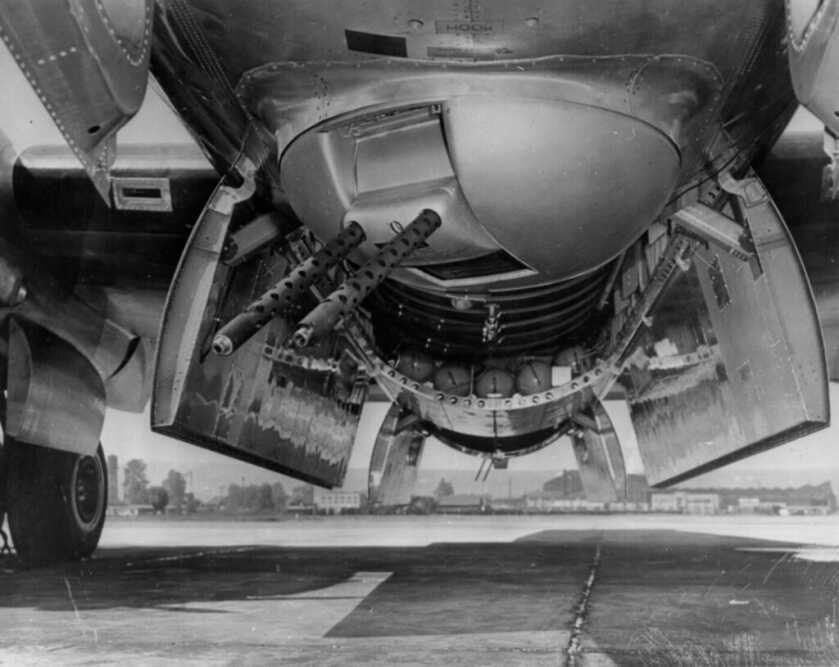
Advanced Technology for the Day
One of the more advanced aspects of the B-29’s design was its array of remote-controlled defensive turrets. Early models carried four AN/M2 .50-caliber machineguns in an unmanned forward dorsal turret along with a further two guns apiece in three other automated weapon stations. The tail gunner controlled a pair of .50-caliber AN/M2’s along with a 20mm cannon. This gave a total of twelve heavy machineguns. The cannon was deleted on some later models.
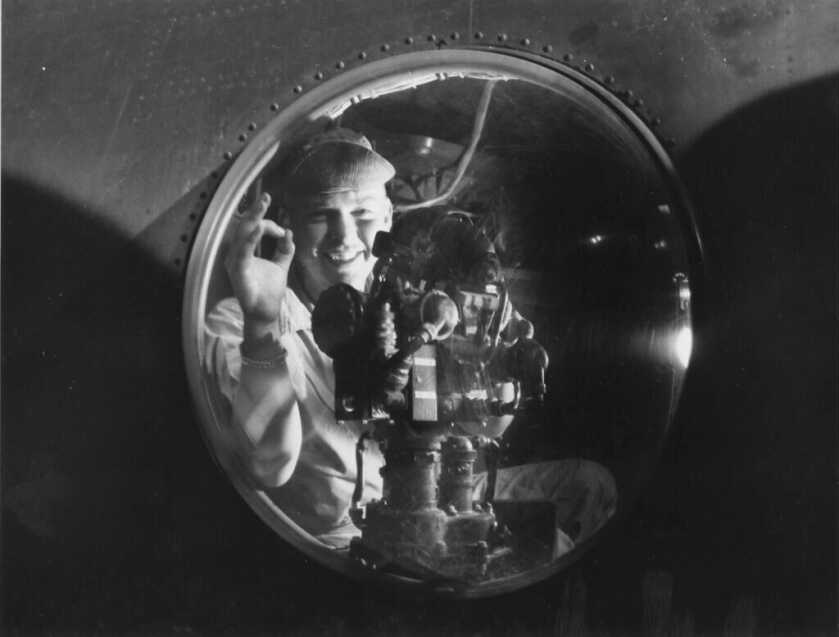
These guns were slaved to a series of remote sights all governed by an early analog fire control computer. Gunners operating out of blisters on the sides of the plane controlled the massed fire from the remotely-operated turret systems. In practice, this complex system honestly didn’t work terribly well, but it paved the way for truly great things to come.
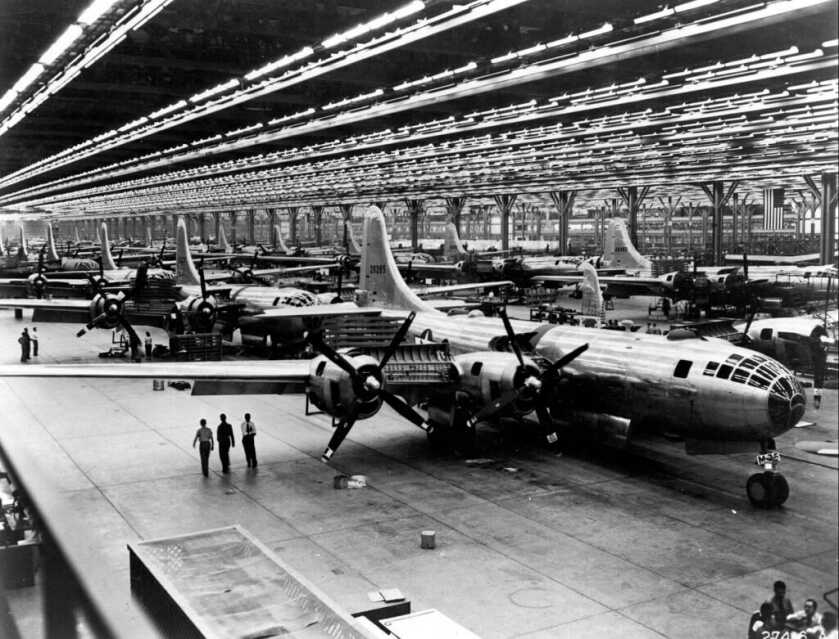
The B-29 had a maximum combat overload takeoff weight of 135,000 pounds and could carry up to 22,000 pounds’ worth of bombs at low altitudes over short distances. Hundreds of the big machines deployed on massed raids burned the heart out of the Japanese homeland. Low-altitude nighttime firebombing missions obliterated entire cities at a stroke.
Bronson Goes Combat and Beyond
Charles Buchinsky flew 25 missions as a nose gunner on a B-29 over Japan. He was eventually injured in the arms by flak and earned the Purple Heart. He left the service in 1946 as a Sergeant.
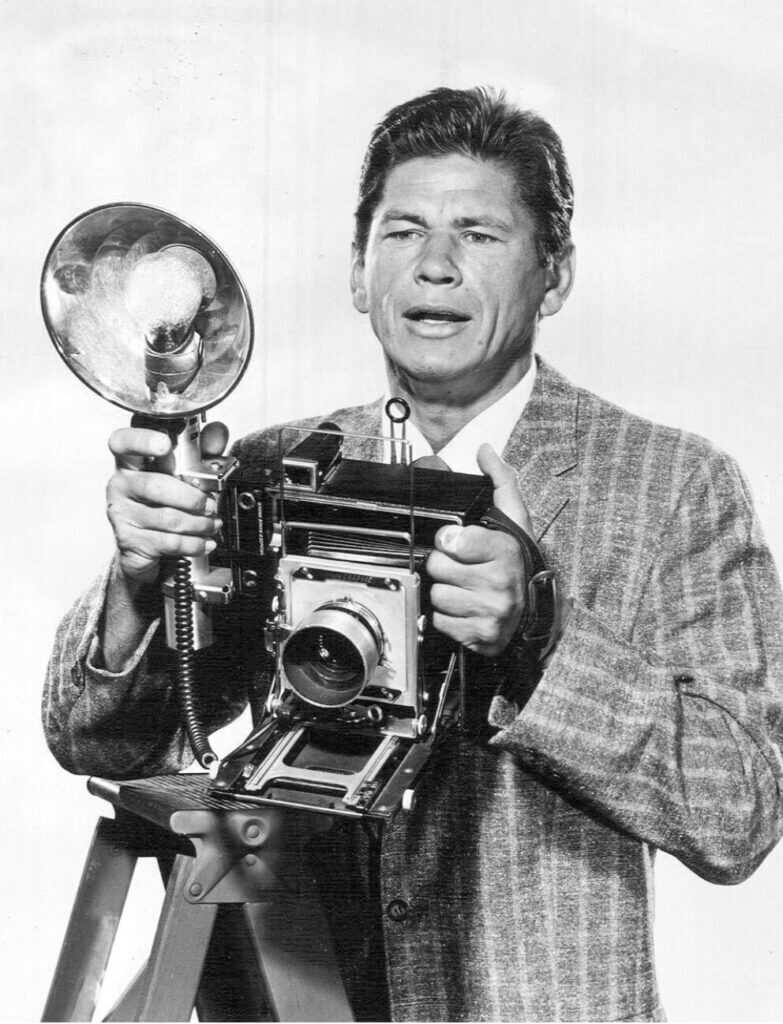
Now finally well-fed and a combat veteran, the 5’11” Charles Buchinsky found a job as a set dresser with a theater company in Philadelphia. This led to a few minor stage roles. For a time he actually shared an apartment with Jack Klugman, himself an aspiring actor at the time.
Once his career took off, Buchinsky’s chiseled looks and weird accent made him the Arnold Schwarzenegger of his day. In 1954, Buchinsky changed his name to Charles Bronson on the advice of his agent. The House Un-American Activities Committee hearings were in full swing, and they were both concerned that such a characteristically Eastern European name might taint his career.
Success On and Off Screen
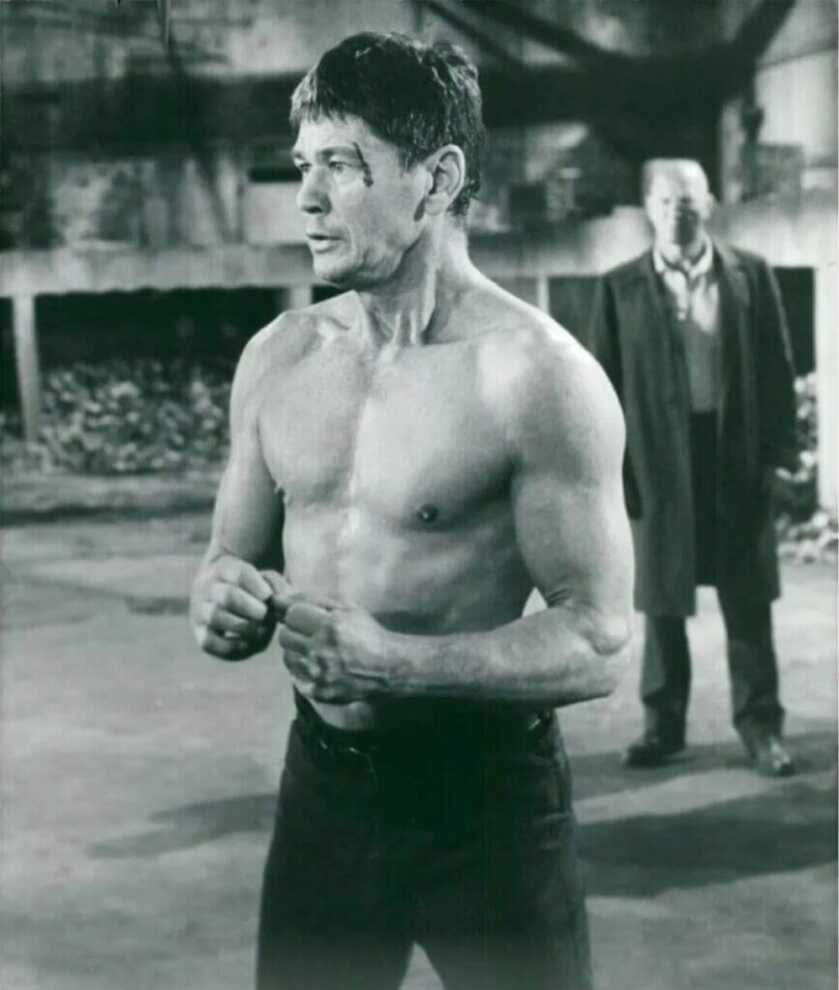
After the expected bevy of small roles on both TV and the big screen, in 1958 Bronson landed the lead in Roger Corman’s biopic Machine-Gun Kelly. In 1960, he earned a supporting role in The Magnificent Seven. This epic Western was an inexplicable flop in the US but set box office records in Europe. It has gone on to be recognized as a classic of the genre. The Magnificent Seven laid a foundation for Bronson to land a major part in the 1963 John Sturges’ epic The Great Escape. Playing alongside such greats as Steve McQueen, James Garner, and Richard Attenborough, the starving tough kid from the Pennsylvania coal mines showed the world he had what it took to run with the big dogs.
READ MORE: Dr. Dabbs – Why Ukraine Matters
Denouement

Charles Bronson’s career exploded after that. His starring contribution to The Dirty Dozen helped make it an all-time classic war film. For a time, Bronson, who did not reliably eat three meals a day until he entered the service, was the highest-paid actor in Hollywood. He commanded more than a million dollars per movie for genre-spawning classics like Death Wish.
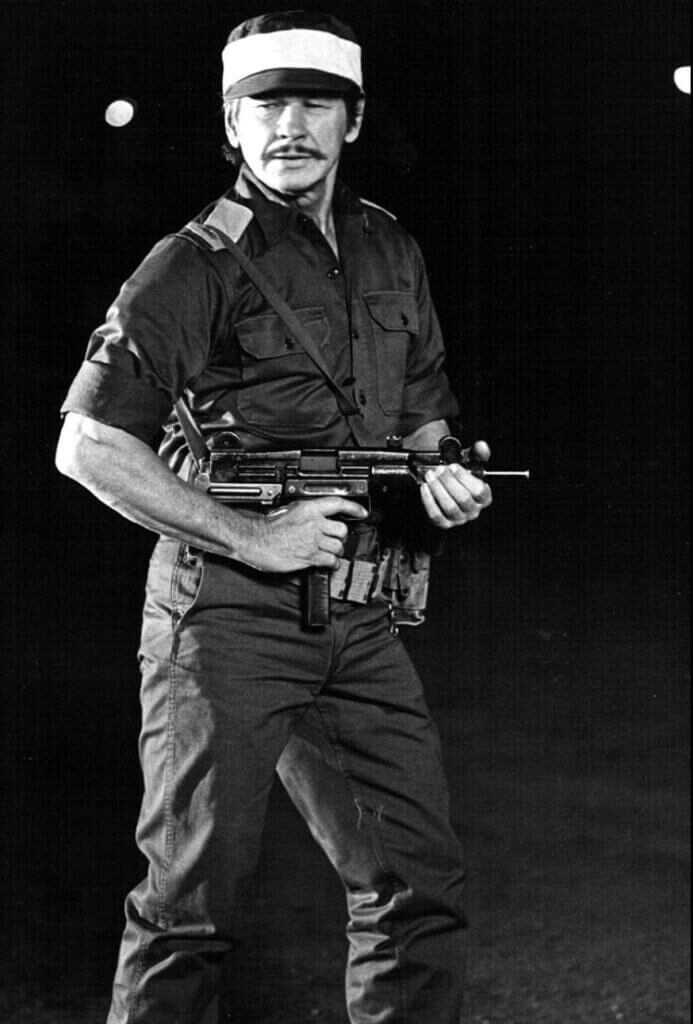
Charles Bronson Had a Chaotic Career
Death Wish was Bronson’s career-defining project, and he didn’t make the movie until he was 52. Death Wish ultimately spawned three sequels as well as a decent Bruce Willis remake along with countless knockoff variations on the theme. Roles that he narrowly missed included the lead in The Shootist, Snake Plissken in Escape From New York, and the iconic Superman that ultimately went to Christopher Reeve. Late in his career, Bronson turned down the role of Curly Washburn in City Slickers that ultimately went to Jack Palance.
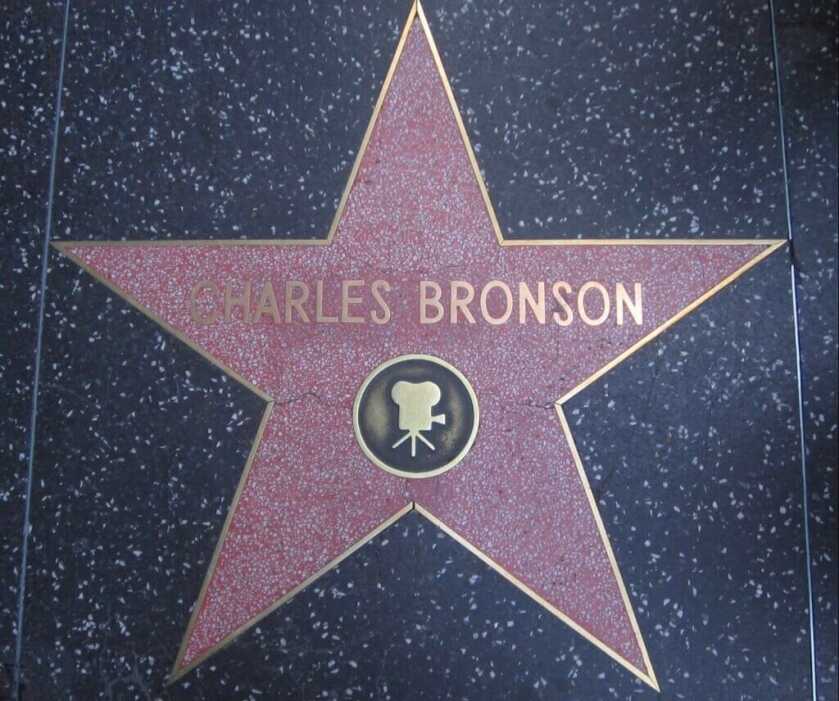
Like most rich, famous people, Bronson’s personal life was chaos. He was married three times, fathered four children, and eventually succumbed to metastatic lung cancer at age 81 in 2003. Tough, exotic, popular, and hard, Charles Bronson rose from the most humble of beginnings to become the archetypal Hollywood manly man.
*** Buy and Sell on GunsAmerica! ***


Just checking Will… was there a problem with my comment on Bronson’s character in “The Evil That Men Do”?
Bronson was a great actor. I really enjoyed learning more about him. But I came to the comments to cheer for Eddie Robinson. 🙂📣👏 I’ll fight you for biggest fan 😉
Interesting article On Charles Bronson, but anyone who has enjoyed watching this actor in feature films, and in re-runs of old westerns where he pops up frequently knows that he wasn’t even close to 5′ 11″ , maybe 5′ 8″ standing on his toes. His tunnel and squad bay scenes in the great escape, standing next to Jan Michael Vincent in “the Mechanic” and other big and small screen production confirms his shorter stature.
We blithely walk among heroes and take them for granted.
I believe Charles Bronson had a short but excellent part in the movie “The Battle of the Bulge”.
You forgot Hard Times with Coburn. All about the 30’s and fighting for survival. Awesome article…as always.
Bronson, McQueen, Garner, Eastwood and so many others from the past just became actors by chance usually after a stint in the military and a little lyck. Today, connected people are groomed into a career and the door is closed to the outsider.
The BEST movie he did and maybe the best ever, was Once Upon a Time In The West. And it had a fantastic list of actors. My most favorite classic. I’ve watched it more than 4 dozen times. Or is it the God Father?
Great soundtrack on that movie.
Remember the house owned by the character “Arthur Bishop” in “The Mechanic” supposedly on Mulholland Drive? It seems to have been renovated in a Venetian Style, totally differant house now.
Another great biopic from Dr. Dabbs. Keep them coming
No doubt he was quite a man! I liked him a lot. In fact, currently have “Hard Times” recorded to watch again. The original Death Wish was also great, but it was the best of the series. It’s to bad that all the “real” men of the movies have all died off & now most of them are woke wimps.